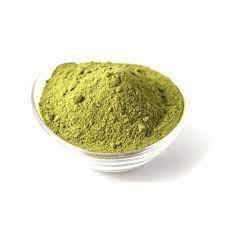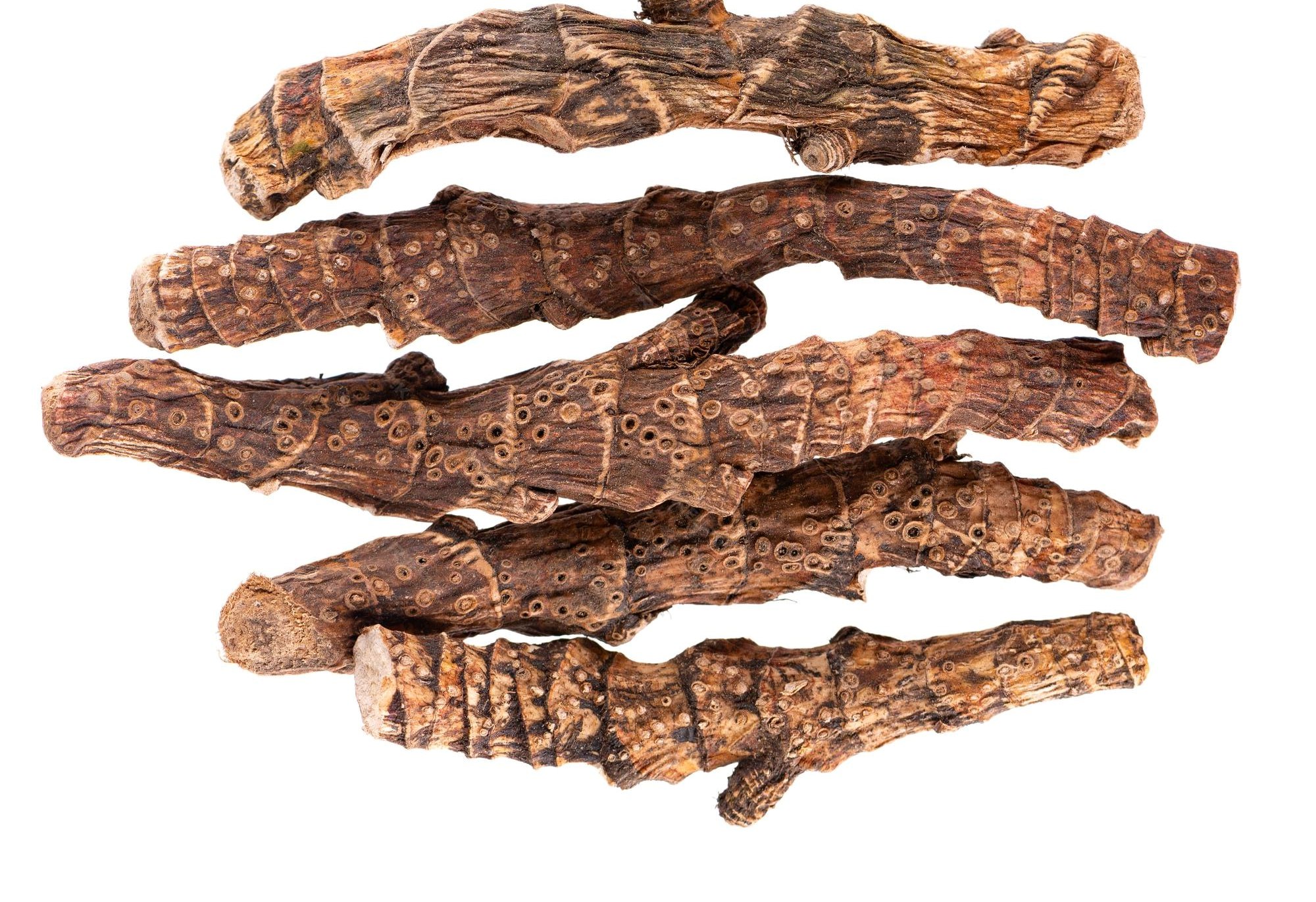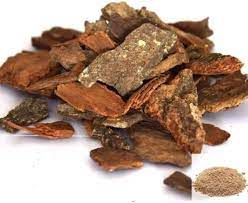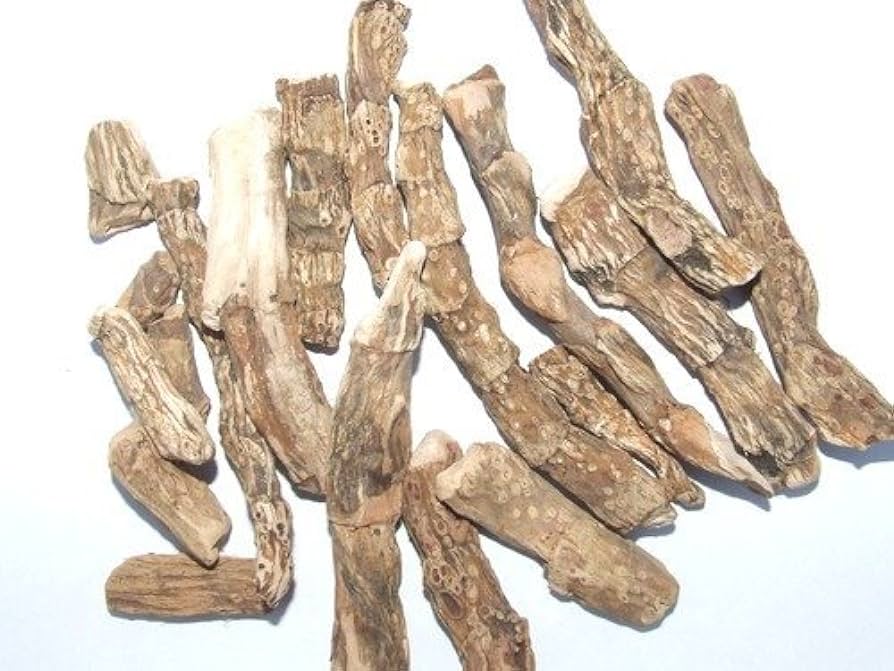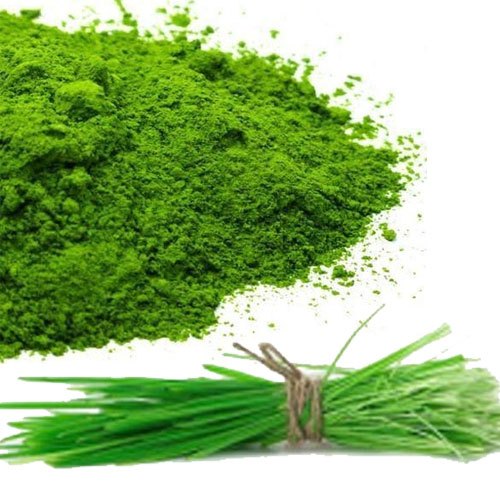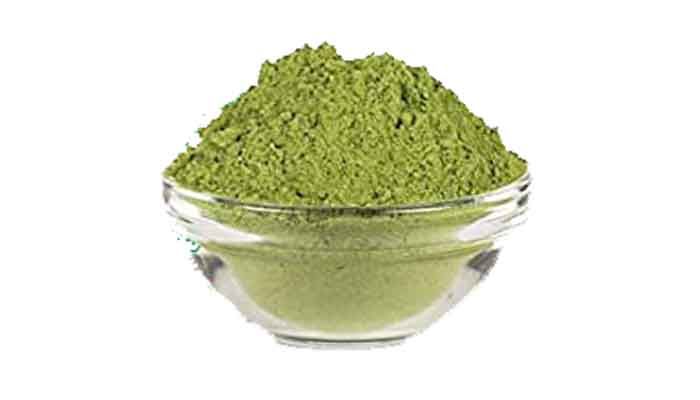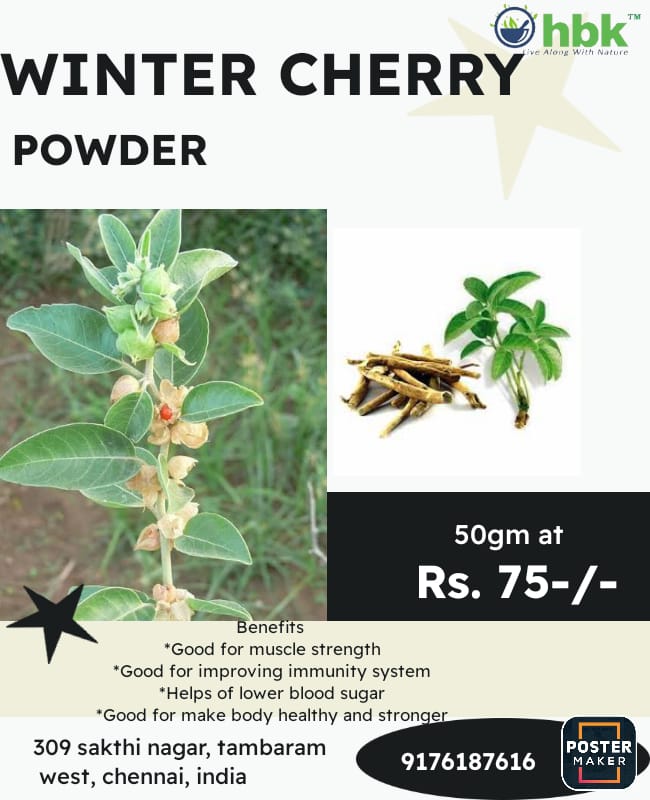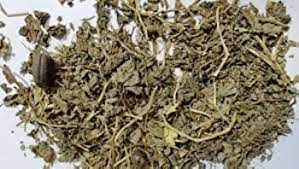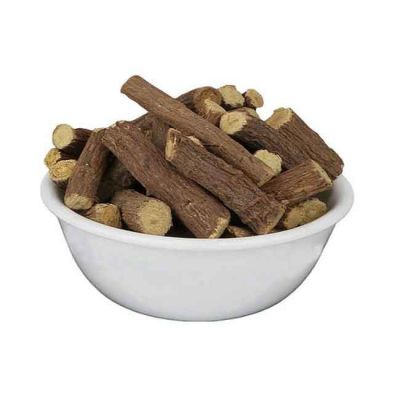Balloon Vine Powder: A Natural Remedy for Joint and Muscle Pain
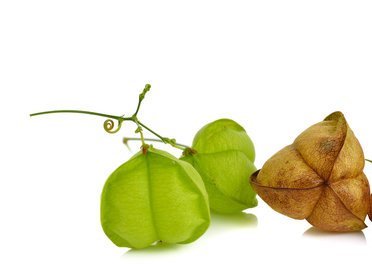
Balloon vine (Cardiospermum halicacabum), often referred to as the "heart-seed plant," has been a cornerstone of traditional medicine for its potent anti-inflammatory and analgesic properties. Balloon vine powder, made from its dried leaves and seeds, is a natural remedy widely used for alleviating joint and muscle pain. Let’s delve into the science and traditional wisdom behind its efficacy.
1. Anti-inflammatory Properties
Balloon vine powder contains bioactive compounds like saponins, alkaloids, and flavonoids, which have powerful anti-inflammatory effects. These compounds:
-
Reduce swelling and inflammation in joints.
-
Soothe muscle aches and stiffness.
-
Provide relief in conditions like arthritis, gout, and tendonitis.
2. Analgesic Benefits
The plant’s natural pain-relieving properties make balloon vine powder an excellent remedy for managing chronic pain. It works by:
-
Inhibiting pain signals from reaching the brain.
-
Relaxing tense muscles and alleviating spasms.
3. Rich in Nutrients for Joint Health
Balloon vine powder is packed with essential nutrients that support joint and muscle health:
-
Calcium: Strengthens bones and cartilage.
-
Magnesium: Relieves muscle cramps and spasms.
-
Antioxidants: Protect joints from oxidative damage caused by free radicals.
4. How Balloon Vine Powder Supports Chronic Pain Conditions
Balloon vine powder has been used traditionally to manage symptoms of various musculoskeletal conditions, including:
-
Arthritis: Its anti-inflammatory properties help reduce joint pain and stiffness.
-
Rheumatism: Provides relief from chronic pain and improves mobility.
-
Sciatica: Soothes nerve pain and supports faster recovery.
-
Sports Injuries: Aids in reducing swelling and promoting healing of sprains and strains.
5. Traditional Applications
In Ayurveda and Siddha medicine, balloon vine powder is often used in combination with other herbs for enhanced benefits. Common preparations include:
-
Poultices: Mixing balloon vine powder with warm water or oils and applying it to the affected area for localized relief.
-
Herbal Oils: Infusing balloon vine powder in coconut or sesame oil to create a massage oil for joint pain.
-
Teas: Brewing balloon vine powder with hot water to reduce internal inflammation.
6. Scientific Evidence
Modern research supports the traditional uses of balloon vine powder. Studies have shown that extracts of Cardiospermum halicacabum exhibit strong anti-inflammatory and analgesic effects, making it a viable natural alternative to synthetic painkillers.
7. How to Use Balloon Vine Powder for Pain Relief
-
Topical Application: Mix the powder with a carrier oil (like coconut oil) and apply it to the painful area. Massage gently for 10-15 minutes.
-
Herbal Bath: Add a few tablespoons of balloon vine powder to warm bathwater and soak to relieve muscle tension.
-
Oral Consumption: Take half a teaspoon of balloon vine powder mixed with warm water or honey once or twice daily, as recommended by a healthcare professional.
8. Precautions
-
Always perform a patch test before topical application to check for allergies.
-
Consult a healthcare provider before oral consumption, especially if you are pregnant, nursing, or on medication.
-
Use in moderation to avoid side effects like nausea or stomach discomfort.
9. Sustainable and Eco-friendly Remedy
Balloon vine is a fast-growing, eco-friendly plant, making it a sustainable choice for natural remedies. Using its powder not only benefits personal health but also aligns with environmentally conscious practices.
Conclusion
Balloon vine powder is a versatile, natural remedy with centuries of traditional use and growing scientific support. Its anti-inflammatory, analgesic, and nutrient-rich profile make it an effective solution for joint and muscle pain. Whether applied topically or consumed internally, this herbal powerhouse offers a safe and sustainable alternative for pain relief and improved mobility.
Click here
https://hbkonline.in/balloon-vine-powder-mudakathan-podi-buddakakara-kanphata-katabhi-agniballi



